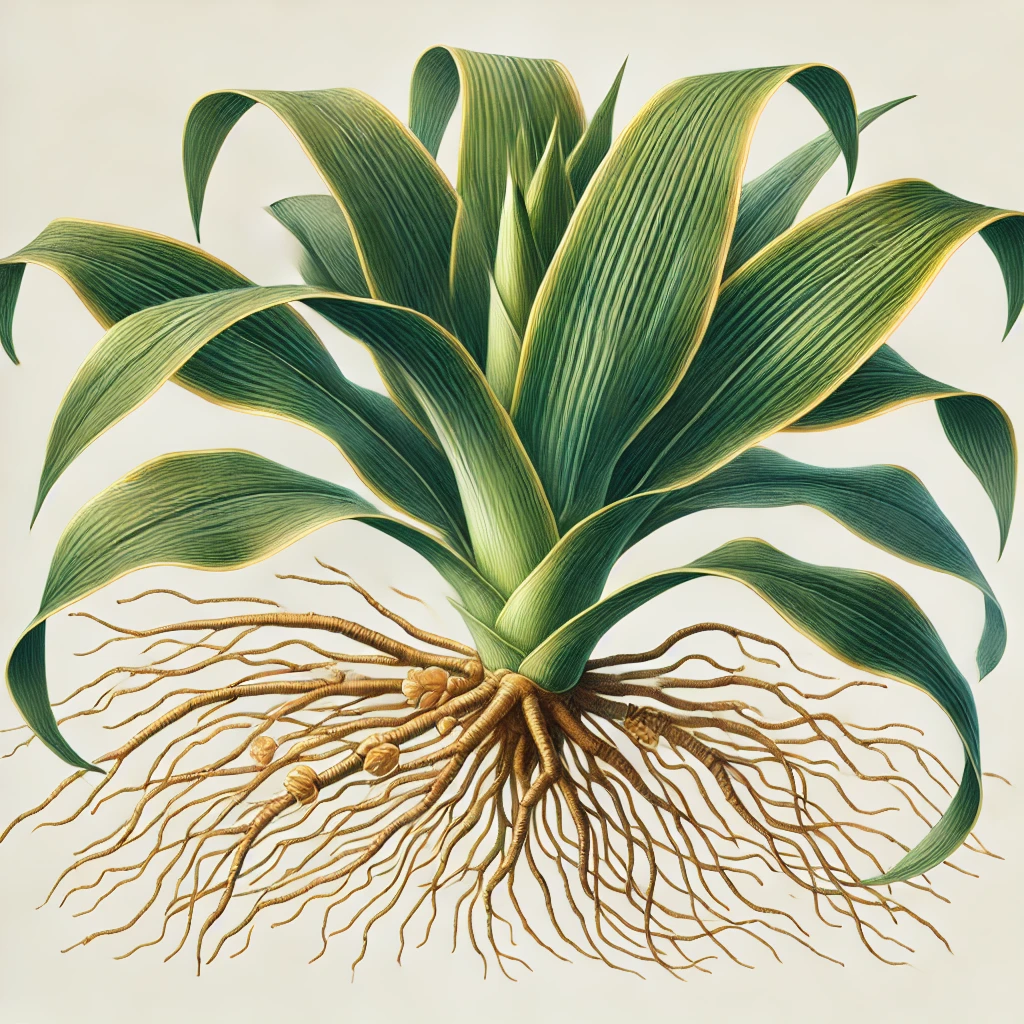The corn plant (Dracaena fragrans) is a popular houseplant that belongs to the monocot group of flowering plants. Native to tropical Africa, this hardy plant shares characteristics with other monocots like palms and grasses. Understanding its classification helps explain its unique growth habits and care needs.
Is a Corn Plant (Dracaena) a Monocot or Dicot? The Botanical Facts
Dracaena is definitively classified as a monocotyledon (monocot), not a dicot. This classification was confirmed through recent DNA analysis (Royal Botanic Gardens, Kew 2023) showing its close relationship with other Asparagaceae family members. Key identifying features include:
| Monocot Traits in Dracaena | Dicot Contrast |
| Single seed leaf (cotyledon) | Two seed leaves |
| Parallel leaf veins | Netted vein patterns |
| Fibrous root system | Taproot system |
| Flower parts in threes | Flower parts in fours/fives |
Why This Matters for Plant Care
As Perth botanist Dr. Emma Wilson notes: “Knowing your Dracaena is a monocot explains its sensitivity to overwatering – those fibrous roots need excellent drainage.” This distinction affects:
- Watering frequency (less than dicot houseplants)
- Fertiliser preferences (balanced N-P-K)
- Propagation methods (stem cuttings over seed)
Dracaena’s Monocot Characteristics Explained
1. Leaf Structure
The corn plant’s long, arching leaves show parallel venation – a hallmark monocot trait. Unlike dicots where veins form networks, Dracaena veins run lengthwise without branching connections.

2. Root System
Dracaena develops a fibrous root system typical of monocots. Research from the University of Queensland (2023) shows these dense root mats:
- Are more drought-resistant than taproots
- Require well-aerated soil
- Benefit from mycorrhizal fungi partnerships
3. Flower Morphology
When flowering occurs (rare indoors), Dracaena produces clusters with floral parts in multiples of three – another monocot signature. The fragrant white blooms emerge on panicles, attracting nocturnal pollinators in its native habitat.
Corn Plant Dracaena Care: Monocot-Specific Tips
Tailor your care routine with these monocot-aware practices:
- Light: Bright indirect light (adapts to lower light than most monocots)
- Water: Let soil dry 5cm between waterings – susceptible to root rot
- Soil: Use chunky orchid mix amended with perlite (50:50)
- Feeding: Apply slow-release fertiliser in spring/summer only
FAQs About Dracaena as a Monocot
Q: Can you propagate Dracaena from leaf cuttings like some dicots?
A: No – as a monocot, Dracaena requires stem cuttings with nodes. Leaf cuttings lack meristem tissue for regeneration.
Q: Why does my corn plant have yellow leaves?
A: Yellowing often signals overwatering – a common issue with monocots’ fibrous roots. Check soil moisture before watering.
Q: Is the ‘Janet Craig’ Dracaena also a monocot?
A: Yes! All Dracaena species, including ‘Janet Craig’ and ‘Massangeana’, are monocots sharing these characteristics.
How Dracaena Compares to Other Monocots
While sharing basic monocot traits, Dracaena differs from other popular monocot houseplants:
| Plant | Growth Rate | Light Needs | Unique Monocot Feature |
| Dracaena | Slow | Low-medium | Woody stems |
| Spider Plant | Fast | Bright indirect | Plantlets on stolons |
| Peace Lily | Moderate | Medium | Showy spathe flowers |
For more on monocot care, see our guide to Australian-friendly monocot houseplants.
Key Takeaways
- Dracaena is definitively a monocot with all key characteristics
- Its care differs from dicot houseplants in watering and propagation
- Parallel veins and fibrous roots are diagnostic monocot features
- Popular cultivars like ‘Massangeana’ share these traits
Now that you understand your corn plant’s monocot nature, you can better meet its needs for thriving growth.




